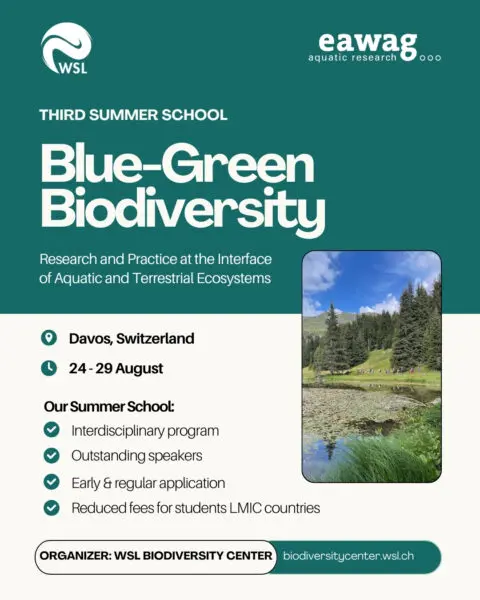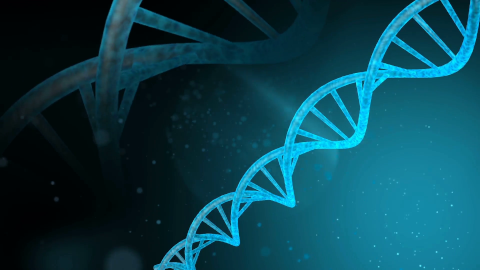
Zurich, Switzerland
Research and Practice at the Interface of Aquatic and Terrestrial Ecosystems
When:
24 August - 29 August 2025
Credits:
2 EC
Read more
Natural Sciences
When:
16 August - 27 August 2021
School:
Institution:
Goethe University
City:
Country:
Language:
English
Credits:
4 EC
Fee:
500 EUR

In case that an on-campus Summer School is not possible due to the Covid-19 pandemic, this module will take place online.
In quantum mechanics, path integrals provide a physically very intuitive alternative to the common operator-based method of quantization. This appealing feature has lead to a proliferation of the use of path integrals in various fields of physics beyond their origins in quantum mechanics. It is therefore of great use to become acquainted with the method of path integration.
In this module, we briefly review the Lagrangian and Hamiltonian picture of classical mechanics and recall the basic ideas of the underlying variational principles. Based on these concepts, we extend our considerations to the quantum level and discuss how the transition amplitude between two quantum-mechanical states can be written in terms of a path integral. We establish a general relation between path integrals and the Green functions of the underlying Hamilton operator, which, in turn, can be used as a starting point for solving Schrödinger’s equation. Path integrals can be exactly solved for free particles, when their Hamiltonian is quadratic in both coordinates and momenta. In other cases, one has to apply approximation schemes such as the semi-classical WKB approximation or perturbation theory. The formalism will be illustrated by means of numerous interesting examples, such as the quantum-mechanical harmonic and anharmonic oscillators, Brownian motion, geometrical optics, instantons, and scattering theory. In the last part, an outlook to further applications of path integrals in quantum field theory and statistical field theory will be presented.
The course comprises 28 contact hours (8*3.5 hours). Upon successful completion, 4 ECTS (European Credit Transfer System) points will be awarded for the module. A single ECTS point is defined as the equivalent of 25 to 30 hours of student workload. This includes class hours, additional preparations for class activities, readings, assignments as well as final assessments. The exams will consist of project work to be presented on the last day of each module. Assessment and award of credit points will be on a pass/fail basis, no grades will be given.
Attendance: Participants have to attend at least 80 % of the classes.
Prof. Dr. Dirk H. Rischke Florian Divotgey
The course aims at students of mathematics and the natural sciences (physics, chemistry, biology) who have taken an Introductory Quantum Mechanics course. They should be familiar with the Schrödinger equation, the concept of operators and commutation relations, as well as standard methods of calculus.
Learn about the extension of the Lagrangian and Hamiltonian picture of classical mechanics to the quantum level
Discuss how the transition amplitude between two quantum-mechanical states can be written in terms of a path integral
Establish a general relation between path integrals and the Green functions of the underlying Hamilton operator
Study quantum-mechanical harmonic and anharmonic oscillators, Brownian motion, geometrical optics, instantons, and scattering theory
Fee
500 EUR, Includes all study materials and transcript of records.
When:
16 August - 27 August 2021
School:
Institution:
Goethe University
Language:
English
Credits:
4 EC

Zurich, Switzerland
When:
24 August - 29 August 2025
Credits:
2 EC
Read more

Jyväskylä, Finland
When:
04 August - 08 August 2025
Credits:
2 EC
Read more

Aarhus, Denmark
When:
28 July - 01 August 2025
Credits:
5 EC
Read more